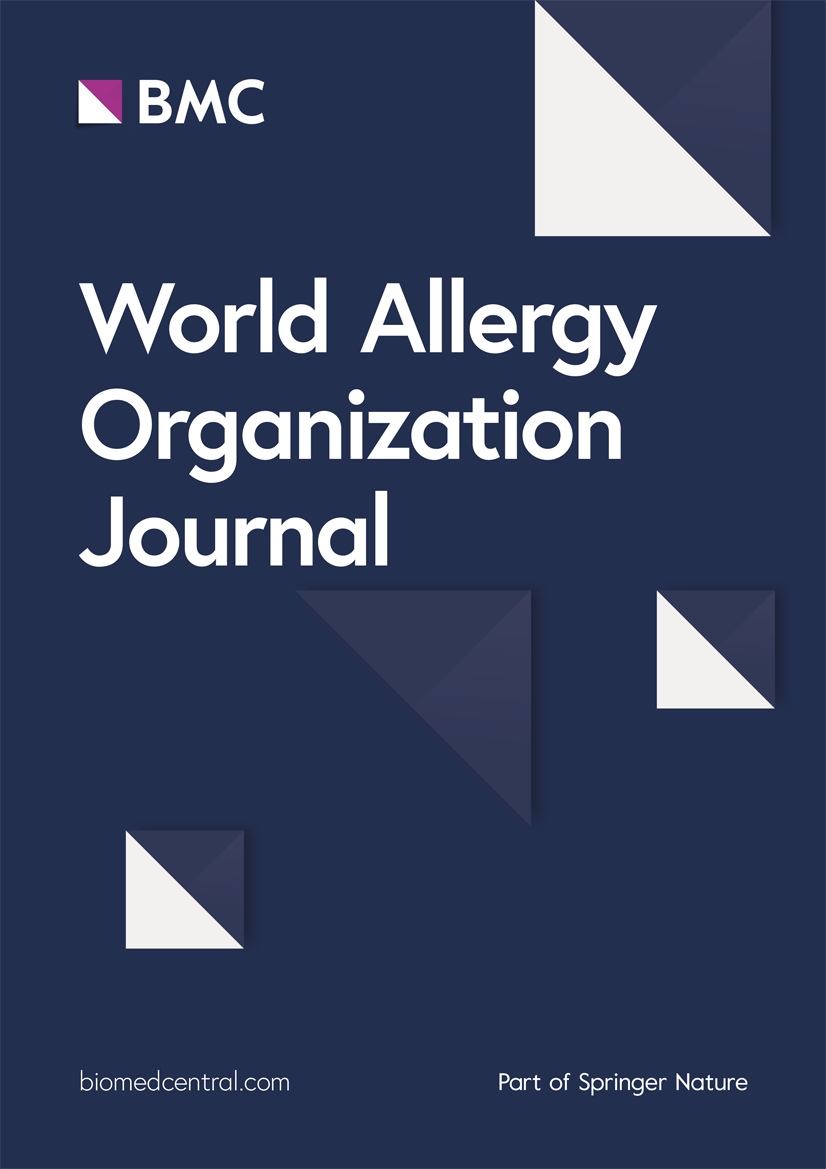血液恶性肿瘤患者的总IgE水平
IF 4.3
2区 医学
Q2 ALLERGY
引用次数: 0
摘要
背景免疫系统在癌症的发展或抑制过程中起着至关重要的作用。血液系统恶性肿瘤是最常见的癌症之一,而关于它们与过敏和 IgE 水平之间关系的研究却相互矛盾。本研究旨在比较血液恶性肿瘤患者与非癌症对照组的总 IgE 水平。方法在这项横断面研究中,2023 年,萨里伊玛目医院的 60 名血液恶性肿瘤患者和 90 名非癌症患者接受了总 IgE 水平评估和人口统计学数据。选择患者和对照组时采用了方便抽样法。两组患者的 IgE 水平均采用 ELISA 方法进行测量。结果最常见的恶性肿瘤类型是 ALL(23.3%)和多发性骨髓瘤(23.3%)。患者的 IgE 水平中位数(7.08,IQR:2.07-19.07)明显低于对照组(42.41,IQR:11.99-145.57)。血液恶性肿瘤与低总 IgE 相关的几率比为 6.79(CI 95%:2.90-15.92)。调整年龄和性别后,调整后的几率比上升至 15.89(CI 95%:4.14-60.95)。本文章由计算机程序翻译,如有差异,请以英文原文为准。
Total IgE levels in patients with hematologic malignancies
Background
Immune system compartments have a crucial role in the progression or suppression of cancer. Hematologic malignancies are among the most common cancers, and there is conflicting research regarding the role of their relationship with allergies and IgE levels. This study aimed to compare total IgE levels in patients with hematologic malignancies to those in non-cancer controls.
Methods
In this cross-sectional study in 2023, sixty patients with hematological malignancies and 90 non-cancer patients attending Sari Imam Hospital were evaluated for total IgE levels along with demographic data. The convenience sampling method was used for the selection of both patients and controls. IgE levels were measured in both groups ELISA method. The analysis was performed using SPSS 20.
Results
The most common types of malignancy were ALL (23.3%) and multiple myeloma (23.3%). The median IgE level in patients (7.08, IQR:2.07–19.07) was significantly lower than the control group (42.41, IQR:11.99–145.57). The odds ratio for hematological malignancy associated with low total IgE was 6.79 (CI 95%: 2.90–15.92). After adjusting for age and sex, the adjusted odds ratio increased to 15.89 (CI 95%: 4.14–60.95).
Conclusion
Patients with hematological cancers have significantly lower IgE levels compared with individuals with no cancer.
求助全文
通过发布文献求助,成功后即可免费获取论文全文。
去求助
来源期刊

World Allergy Organization Journal
Immunology and Microbiology-Immunology
CiteScore
9.10
自引率
5.90%
发文量
91
审稿时长
9 weeks
期刊介绍:
The official pubication of the World Allergy Organization, the World Allergy Organization Journal (WAOjournal) publishes original mechanistic, translational, and clinical research on the topics of allergy, asthma, anaphylaxis, and clincial immunology, as well as reviews, guidelines, and position papers that contribute to the improvement of patient care. WAOjournal publishes research on the growth of allergy prevalence within the scope of single countries, country comparisons, and practical global issues and regulations, or threats to the allergy specialty. The Journal invites the submissions of all authors interested in publishing on current global problems in allergy, asthma, anaphylaxis, and immunology. Of particular interest are the immunological consequences of climate change and the subsequent systematic transformations in food habits and their consequences for the allergy/immunology discipline.
 求助内容:
求助内容: 应助结果提醒方式:
应助结果提醒方式:


